As elaborate as its culture is, Japan is one of the few countries in the world that values the art of ‘less is more’ when it comes to life at home. It doesn’t matter if the place is a tiny modern apartment in Tokyo or a traditional Japanese house in Okinawa known as a kominka. Minimalism has been part of the country’s traditions for centuries — long before even decluttering gurus like Marie Kondo came along.
On the contrary, traditional Southeast Asia houses, particularly in Thailand, Vietnam, and the Philippines, bank on details. Sometimes, to the point of using darker and heavy-knit furniture and accessories that exude a contrived ambience altogether. With Southeast Asia cities becoming busier by the minute, locals resort to renovating their homes Japanese minimalist-style. More specifically, into MUJI-inspired homes.
Also read: 15 Unique Airbnb Experiences For You to Try in Southeast Asia
Celebrating minimalism in Southeast Asia
MUJI is Japan’s most popular retail company that pays homage to the country’s love for minimalism. Like its Swedish counterpart, IKEA, Muji takes pride in the quality, simplicity, and affordability of their home design creations. One look at a MUJI store or home (they’ve been selling MUJI houses since 2004) and it’s common to feel some sort of warmth or relief — all thanks to its understated concept.
Thailand
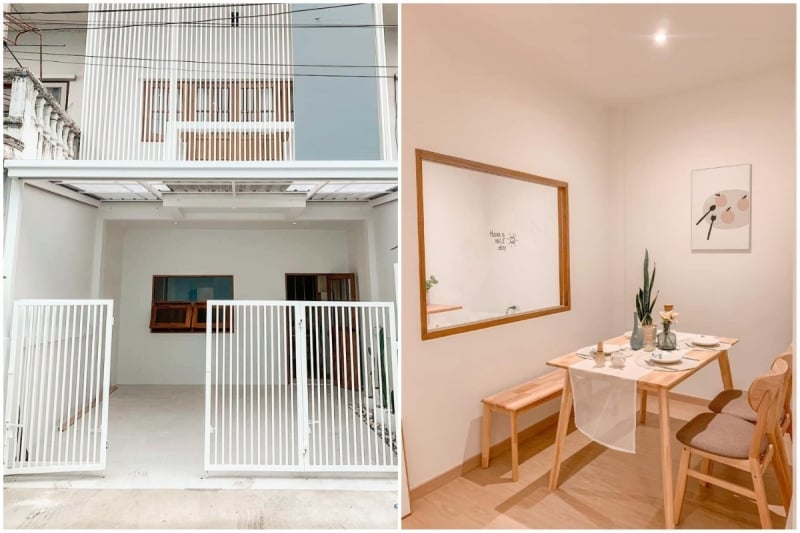
Image credit: yarkmebaanwoii
The same is true for MUJI-inspired homes outside Japan. Take for example the above townhouse in Thailand which was designed by a home decor company called บ้าน MUJI Minimal Style by Sissay Group. According to a post, the owners planned to renovate it for reselling and decided to go for a “minimal MUJI” style.
At two storeys, the structure makes use of white tones on the walls, gates, flooring, and railings. Small-scale organisers, bright lighting, and radiant or transparent fabrics complement this bareness. For a cleaner look, the designers limited the colours to almost neutral shades, with the exception of accent pieces in the form of paintings and potted plants.
Vietnam
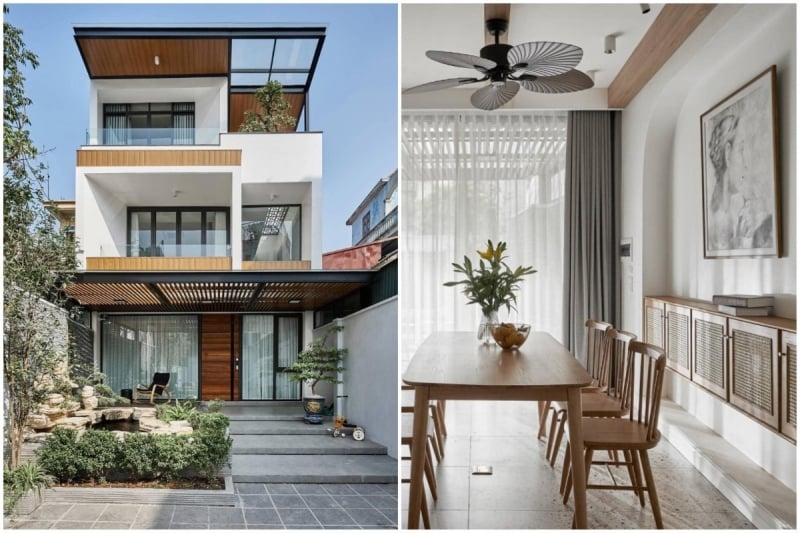
Image credit: 349Design
In Hanoi, a three-storey townhouse beautifully embraces MUJI designs that brought Japan closer to the Vietnamese capital. Known as the TT House, it uses concrete, fiberglass, stone, industrial wood, and mica tiles. According to its owners, they wanted a place where they could relax as though they were in a resort. Not to mention, where they could conveniently take pictures with. This was executed by local architecture company, 349Design.
The building was originally an old Hanoian townhouse. To give the owners as well as visitors the chance to enjoy as much of the outdoors as possible without going out, they’ve added several floor-to-ceiling glass windows and generous living spaces. Wooden furniture, bonsai trees, and warm tones likewise helped with the overall minimalist motif of the house.
Also read: 11 Super Cool Buildings in Singapore You Might Not Have Noticed Before
Other MUJI-inspired homes outside Japan
In an effort to embrace ma, or the Japanese term for negative or empty space, more households in Southeast Asia have looked to minimalist homes. Some, the owners had to construct from scratch. Others made the most of existing resources and used them for the transformations. In photos, here are other MUJI-inspired homes in Southeast Asia as curated by Malaysian real estate agency, Malaysia Homie.
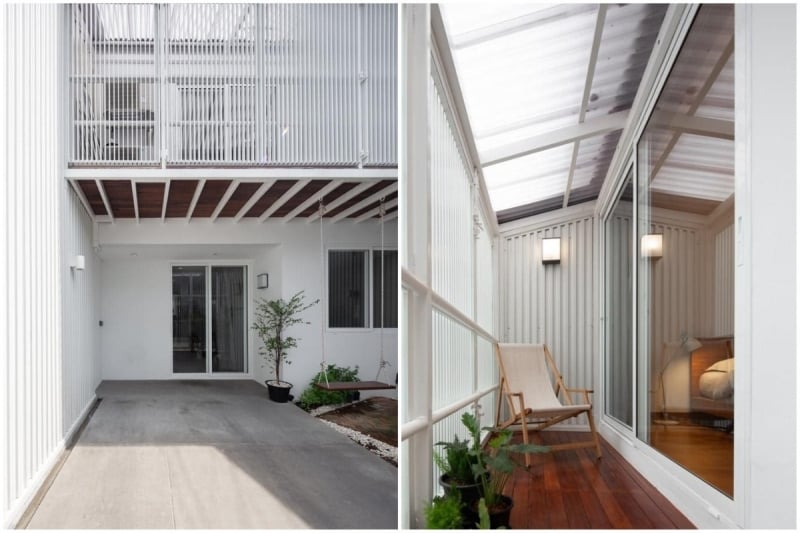
Image credit: OO Design
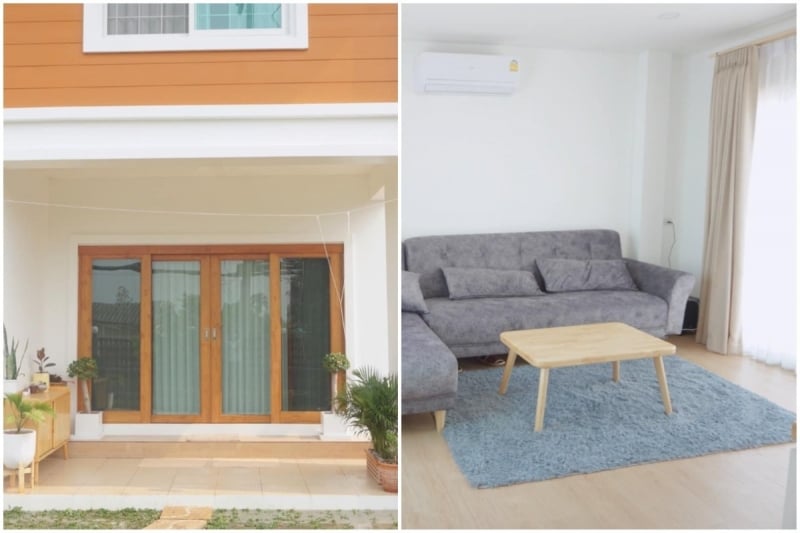
Image credit: Apple Varida
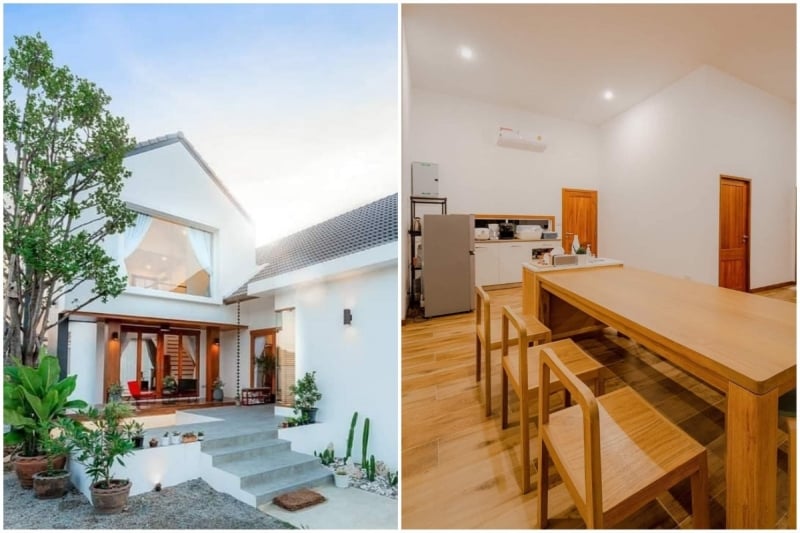
Image credit: WN house รับสร้างบ้าน เชียงใหม่
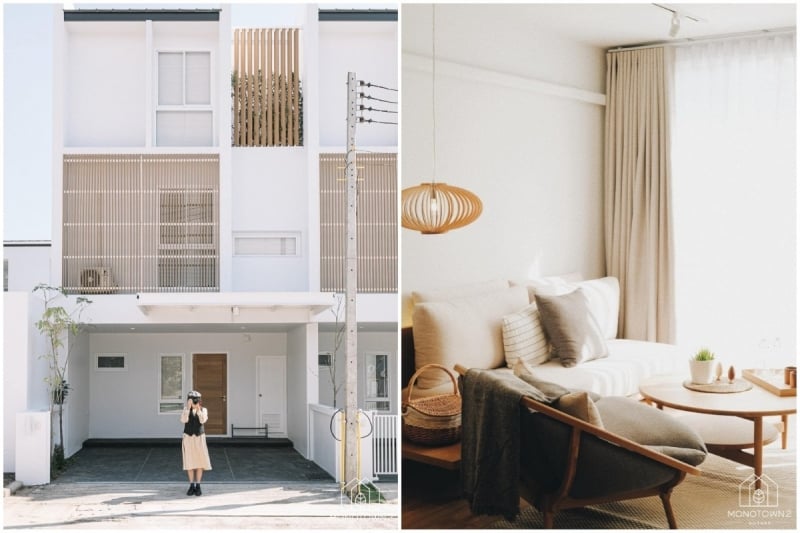
Image credit: Monotown
Do you see more urban Southeast Asia houses turning to the Japanese style of architecture and interior design?
Featured image credit: yarkmebaanwoii | Official Facebook page




